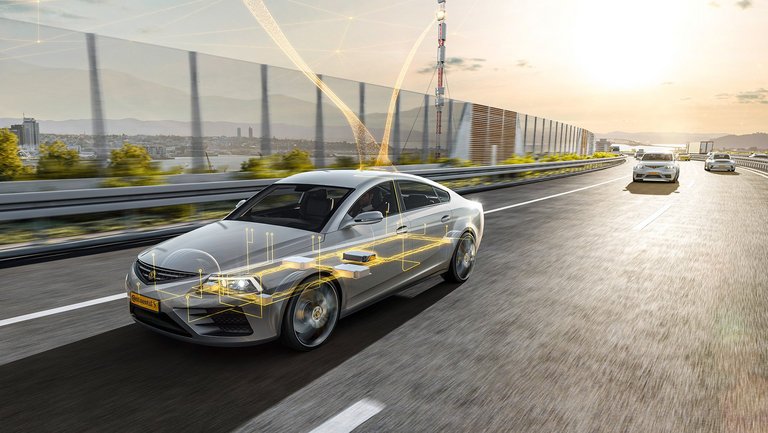Continental Makes Sustainable Mobility Possible
Successful cooperation with Volkswagen goes into the next round with the ID.4
Electric vehicles are regarded as a stepping stone on the path to more environmentally friendly mobility, especially when they use renewable electricity. With ID.4, Volkswagen is now taking the international stage. The electric SUV also has many Continental components – we show you which ones.
A climate-friendly SUV? Officially, this is no longer a contradiction in terms for Volkswagen and Continental. The reason: Sales of the ID.4 started at the beginning of 2021. Unlike its predecessor, the ID.3 small car, the new electric vehicle from VW will be offered internationally and is thus the carmaker’s first “electric world car.” And, as was the case in the ID.3, the ID.4 contains a lot of Continental technology.
The long-range radar, the “InCar Application Server” (ICAS1) and various surface materials: Components from Continental can be found in almost every component of the ID.4.
As Volkswagen’s system partner, Continental is once again demonstrating its expertise in the field of connected, safe and climate-friendly mobility after successfully collaborating on the previous model, the ID.3. Against the backdrop of the increasing importance of electric mobility as part of a sustainable transport revolution,the company thus finds itself in an optimal position.
After the spin-off of Vitesco Technologies in the second half of 2021, both companies – Continental and Vitesco Technologies – will be able to realize their full potential in the field of e-mobility. For example, Vitesco Technologies supplies a central component of the ID.4: The electronic control unit for the electronic architecture of the e-drive modular transverse matrix (MTM), which VW intends to use in future electric cars as well.
In addition, Continental supplies numerous other components that play an equally important role in the ID.4 and future electric vehicles. These include important connectivity solutions, such as for safe communication with the charging infrastructure, as well as tires or hose lines for the battery thermal management system. “Electric mobility is also the future of Continental. Because e-vehicles have a lot of Continental on board, in addition to the drive system. Take for example the new ID.4 model from Volkswagen. We are contributing its heart and brain, and also its eyes and ears, and a few other things as well. We are thus also making electric driving intuitive, comfortable, convenient and safe”, emphasizes Continental’s CEO Nikolai Setzer on the occasion of International Earth Day on April 22, 2021.
The energetic and long-term commitment to electric mobility and emission-free mobility based on the company’s own sustainability ambition shows that Continental is investing more than ever in a sustainable future and the necessary mobility revolution. The ID.4 is one of the first steps at product level. In addition to this, there is the commitment to complete climate neutrality along the value chain by 2050, as well as regular support for global climate protection campaigns.



